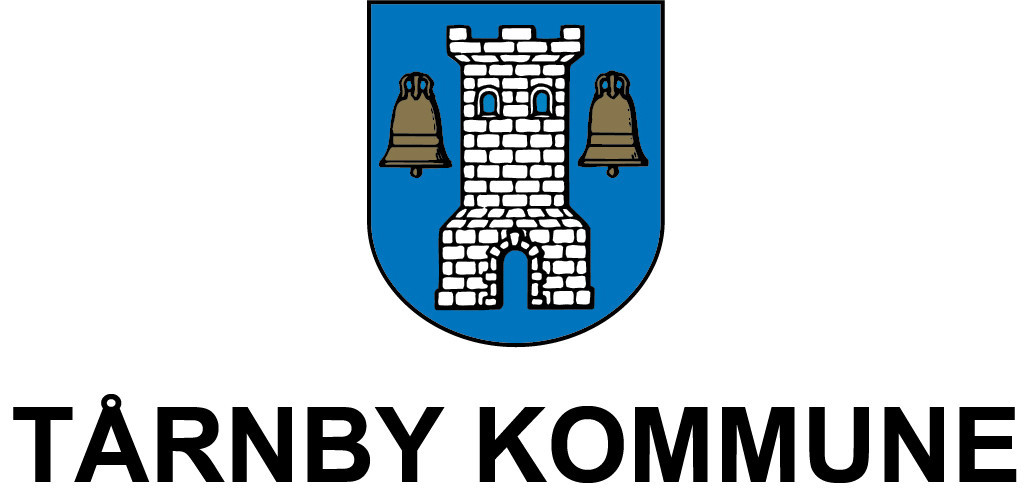The right to healthcare when you work in Denmark
Apply for "Det særlige sundhedskort" for commuters
The "særlige sundhedskort" that is issued to commuters, is a plastic card which contains your date of birth and your Danish CPR number. It entitles you to use the Danish healthcare system on the same terms as all other Danish citizens even if you are not registered as a resident in Denmark.
Who is entitled to the særlige sundhedskort?
You can get the "særlige sundhedskort" (free of charge) if you do not live in Denmark but are affiliated to the social insurance system there.
How do you apply for the særlige sundhedskort?
You apply using a digital form 'Særligt sundhedskort' on borger.dk
You may be asked to attach different documents (depending on your situation):
- copies of your three most recent payslips, showing your Danish CPR number
- as well as a copy of your employment contract.
The card, which is valid for two years, is also known informally as a” gränsgångarbevis”. You receive you card within approximately 2 to 3 weeks.
Apply for 'Særligt sundhedskort' at borger.dk
European Health Insurance Card (EHIC)
You should also get the blue European Health Insurance Card (EHIC) from the country you work in, and the Danish municipality is responsible for issuing this. The card gives you the right to healthcare in all European countries.
The card states your name, CPR number and contact details for your doctor in Denmark. For more information, please contact Försäkringskassan (The Swedish Social Insurance Agency) at the information centre at Øresunddirekt in Malmö.










